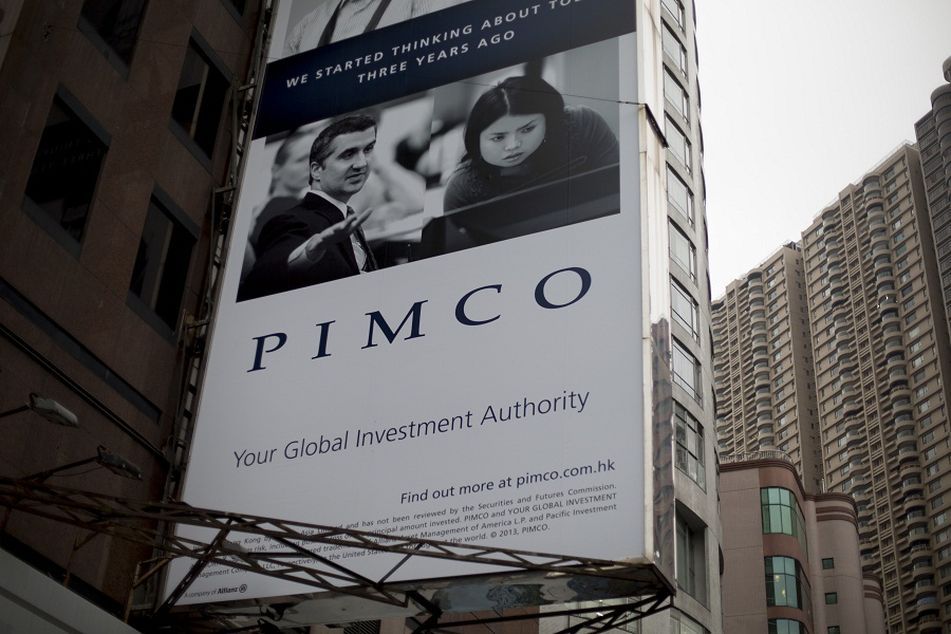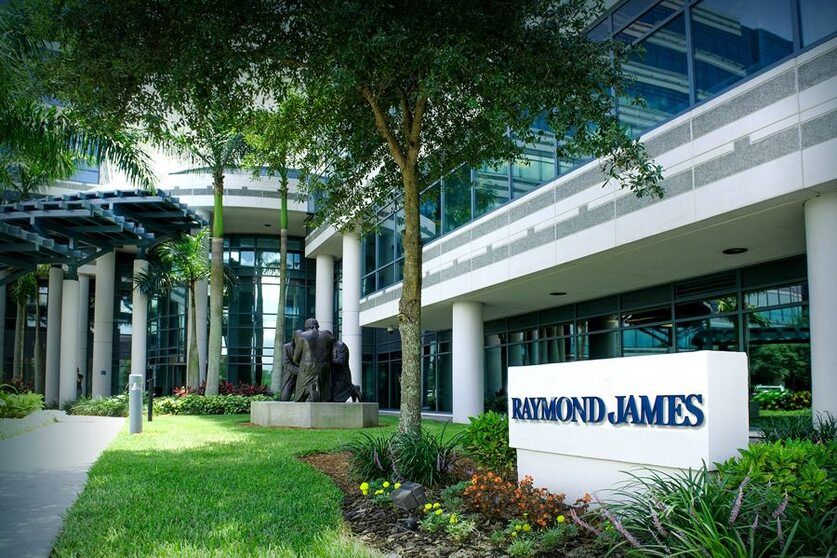After Bill Gross, Pimco Total Return performance is back at the top

Portfolio managers deliver strong performance with right central bank call, leading Morningstar to boost rating even as more investors pull assets.
When it comes to performance, at least one influential third party says Pimco is back on top.
At the end of January, Morningstar Inc. raised its star rating on Pimco Total Return’s institutional share class, PTTRX, to the highest-possible mark, five stars on a scale of one to five. The previous rating was four stars.
That’s the highest star rating for the fund since Nov. 2013, after concern over Federal Reserve monetary policy led to a disturbance in the bond markets called the “Taper Tantrum.” The fund’s performance faltered then, trailing competitors that year and then again in 2014.
Yet over the three months ended Jan. 31, the fund returned 3.16%, beating its Barclays U.S. Aggregate Bond benchmark by 24 basis points, as well as 95% of its competitors, according to Morningstar.
One of the three men who runs the world’s largest bond fund, Pimco Total Return, on Monday said the fund is benefitting in part from correctly estimating the effects of divergent central-bank policy around the world as the U.S. winds down its historic attempt at stimulus and the Eurozone embarks on its own monetary policy effort called quantitative easing.
In an interview with InvestmentNews, Total Return co-portfolio manager Scott A. Mather said the fund is positioning for an interest rate rise in the U.S. in the summer, ahead of many other institutional investors who appear to be positioned for such a rise at the end of the year.
The potential for the central bank to raise rates, from around zero, has continued to haunt investors who expect that move to erode bond returns.
Mr. Mather said the fund’s positioning with respect to macroeconomic numbers accounts for about 60% of the fund’s return.
“Duration is one tool, but it’s just one tool,” said Mr. Mather. “You don’t want to be over-reliant on that one tool.”
Mr. Mather’s assessment of the reasons for the fund’s outperformance are hard to verify because holdings disclosures for the period are not yet available.
The fund manager is pressing a case that “buy-and-hold” investing won’t work in fixed income, an attempt to draw a contrast with some notable competitors in mutual funds, including the Vanguard Group Inc., which has a product lineup more tilted to passive investing and advances a more conservative posture with respect to bond exposure.
Mr. Mather said the risk of changing premiums between the yields on different types of bonds — known as “spreads” — need to be effectively managed.
“Investors can’t just be buy-and-hold,” said Mr. Mather. “You won’t do as well in fixed income if you do that.”
Mr. Mather, a chief investment officer for U.S. core strategies at Pimco, took over management of Total Return last September, after the previous manager and Pimco founder, Bill Gross, left the firm for Janus Capital Group Inc.
Mr. Mather’s co-managers are Mark R. Kiesel and Mihir P. Worah. All three are veterans of Pacific Investment Management Co.
“We continue to debate until we arrive at consensus,” Mr. Mather said of that working relationship between the three men, who are all based at Pimco headquarters in Newport Beach, Calif. “That’s the best thing to do, but if you don’t arrive at a consensus you probably don’t take a position.”
Despite the performance improvement, the firm’s flagship fund, also known by the ticker PTTAX, has continued to bleed assets since Mr. Gross left. It lost approximately $11.6 billion to investor redemptions last month, the latest milestone in a 21-month flight of investors without parallel in mutual-fund history.
Those losses caused the $134.6 billion fund to slip below another fund, the American Funds’ Growth Fund of America (AGTHX), among the largest mutual funds, a list on which it now ranks number five, according to Morningstar. (Vanguard funds hold the top-three slots.)
Yet Pimco Total Return remains the world’s largest bond fund. And its new managers have so far met outflows without underperforming or generating an outsized capital-gains tax burden, which had been among the top concerns for fund investors.
OTHER FUND RATINGS
Another rating Morningstar uses on funds, generated by analysts’ judging the potential of a manager’s future success, remains unchanged at bronze, the third-highest possible rating.
The Morningstar star rating is a controversial benchmark of performance, but it often drives investor money into and out of funds.
Also influential are the ratings generated by broker-dealer home offices, some of which put Pimco on “watch” after Mr. Gross’ abrupt departure, and Morningstar’s third-party analyst competitors.
Lipper, for instance, rates the institutional share class four stars, on a one-to-five scale, based on past performance. S&P Capital IQ rates it three stars, on the same scale, based on performance and broader manager research.
“After only a few months, the best I could say is that it looks promising,” said Jeff Tjornehoj, the head of Lipper Americas research, a unit of Thomson Reuters Corp. “They have a ways to go to restore investors’ confidence in Pimco’s flagship product.”
Over three, five and 15-year periods, the fund maintains a record that surpasses the majority of its peers.
“There’s nothing unusual about us being at the top of the performance heap,” said Mr. Mather. “That’s what we aim to do.”
Learn more about reprints and licensing for this article.




